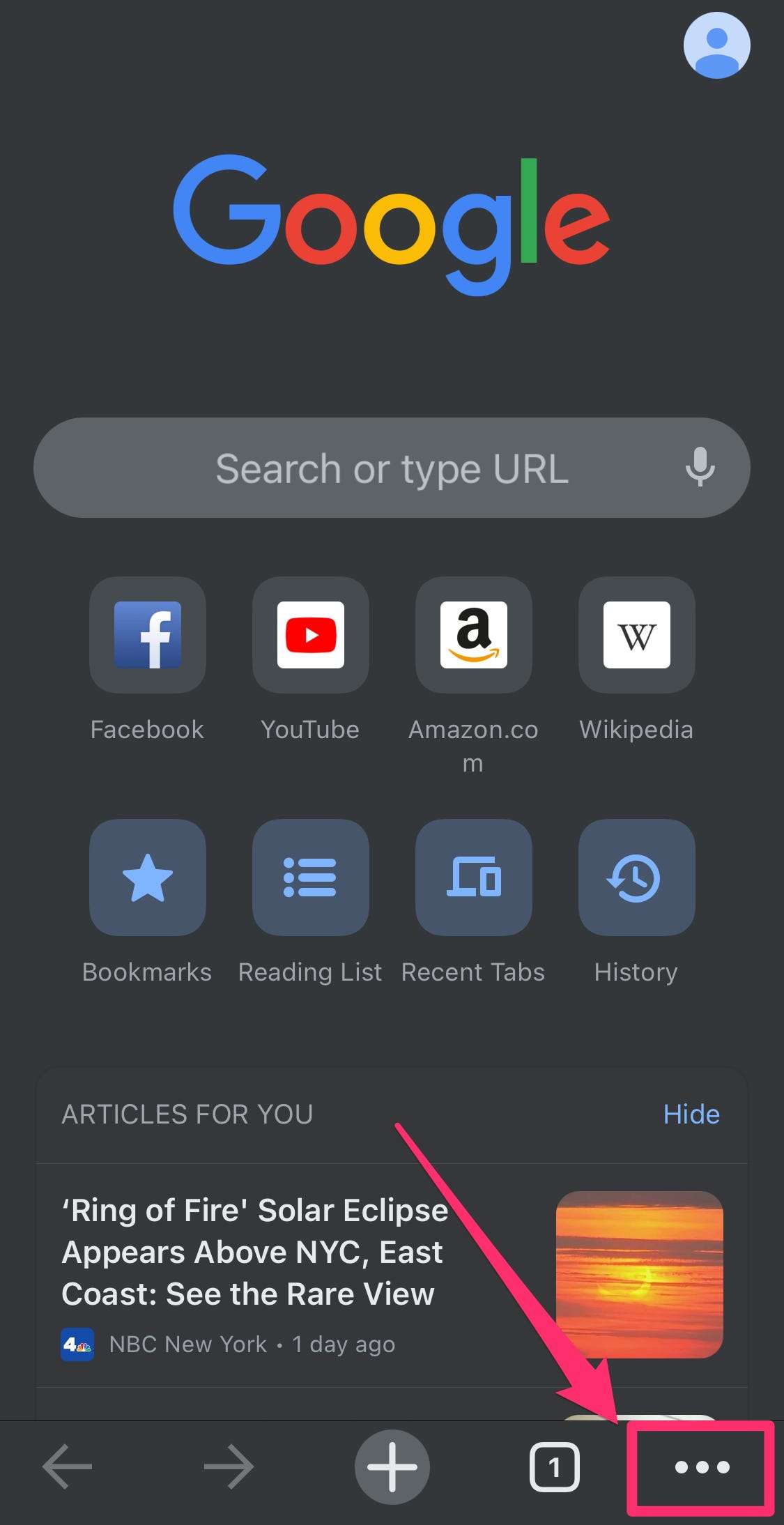

Have you had any trouble with pop-ups on Chrome? Share your questions via the comments below.įor more tutorials, visit our How-To section.When you select a link that requires a pop-up and they are currently blocked, you are provided the message " Pop-up blocked" which appears on the address bar. Under Pop-ups, choose from the two options to allow or block pop-ups.Under Privacy, choose Content settings.Scroll to the bottom, and click on Show advanced settings.Click the three vertical dot menu button in the top-right corner.If you'd like to change the pop-up blocker setting on Chrome for desktop, follow these steps: How to block pop-ups in Chrome (Windows/ macOS/ Linux) Choose Settings > Content settings > Block Pop-ups.If you'd like to change the pop-up blocker setting on Chrome for iOS, follow these steps: How to block pop-ups in Chrome (iPhone/ iPad) Turn on the toggle to allow pop-ups, or turn it off to block pop-ups.Choose Settings > Site settings > Pop-ups.Tap the three vertical dot menu button in the top-right corner.If you'd like to change the pop-up blocker setting on Chrome for Android, follow these steps: We've also written about UC Browser, Firefox, and Opera, if you don't use Chrome. Here's how you can block pop-up in Chrome on Android, Windows, iOS, and macOS. Plus, websites are constantly developing new ways around these systems, which the developers then have to figure new methods for, so it's a cat-and-mouse game. Google Chrome is one of the most popular browsers in India - across desktop, mobile, and tablet combined - and to block pop-ups with Chrome, simply follow these steps. Of course, none of the methods are completely fool-proof, so some pop-ups will inevitably squeeze their way in. Thankfully, most browsers like Chrome, Opera, UC Browser, and Firefox, offer a built-in pop-up blocker, which you can use to swat away the pesky stuff. And two, it's not exactly convenient swiping them away with your fingers, unlike on a PC with a mouse. For one, they often take over the whole screen. Pop-ups are one of the biggest culprits, and they're much more annoying on mobile, as opposed to the desktop.

The current state of the Web experience is far from ideal.


 0 kommentar(er)
0 kommentar(er)
